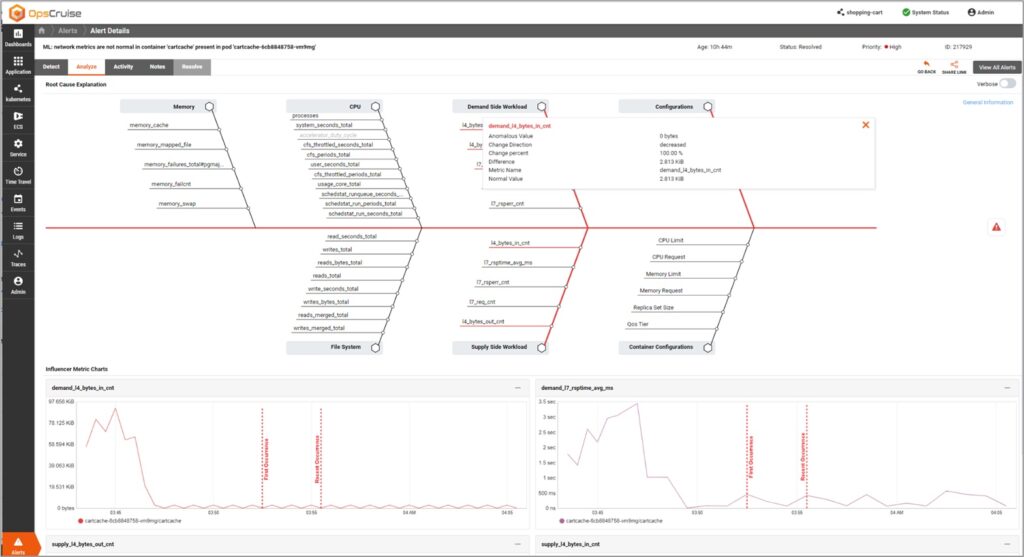Virtana has added a Kubernetes observability platform infused with machine learning algorithms to its portfolio via the acquisition of OpsCruise.
Jon Cyr, vice president of product management for Virtana, said OpsCruise has also been making investments in artificial intelligence (AI) technologies such as large language models (LLMs) that will accelerate the Virtana product roadmap by several years.
Virtana, a provider of an IT infrastructure management platform, has gained traction in enterprise IT environments. With the acquisition of OpsCruise, the company is extending its reach further into Kubernetes infrastructure. Earlier this year, the company added infrastructure performance management (IPM) and monitoring capabilities for Kubernetes to its artificial intelligence platform for IT operations (AIOps).
The goal is to add generative AI capabilities to the AIOps platform at a time when organizations need to automate the management of IT operations at unprecedented scale, noted Cyr.
As IT environments become more complex in the cloud-native era, the dependencies that exist between hundreds of microservices and the clusters they run on are becoming too complex for IT teams to effectively manage. Observability platforms promise to make it simpler to troubleshoot IT environments by surfacing issues that are degrading performance or that might cause an outage.
In addition, as observability platforms collect metrics, logs and traces, they also begin to aggregate enough data to train AI models that might be used to automate IT processes. It may be a while before LLMs trained to specifically automate IT processes become pervasive, but it’s already clear generative AI models coupled with an automation framework will have a profound impact on how IT is managed. An observability platform infused with generative AI capabilities, for example, could identify the root cause of an issue and also surface the code required to fix it.
Most enterprise IT environments are already a hybrid mix of Kubernetes clusters and legacy virtual machines running in the cloud and on-premises IT environments and are becoming difficult to manage successfully, noted Cyr.
A recent Virtana survey of 350 IT leaders in the U.S. and United Kingdom found 83% already use more than one cloud service provider, with 44% using three or more. The most widely used cloud platforms are Amazon Web Services (AWS) (57%), followed by Google Cloud Platform (54%) and Microsoft Azure (53%).
Overall, 45% are now running more than half their workloads in the cloud, with 33% running more than half their workloads in a private cloud. Over half (54%) are managing more than eight cloud instances, with 22% managing 11 or more instances, the survey found.
Not surprisingly, nearly half (47%) acknowledged they have difficulty getting a global view of utilization and spending across a hybrid/multi-cloud infrastructure. A full 87% admitted they are chronically overprovisioned or under provisioned, with 40% challenged with staying optimized or rightsized on an ongoing basis.
It may be a while before observability platforms leveraging AI bring all that chaos back under control, but at the very least, AI promises to give IT teams a fighting chance.




